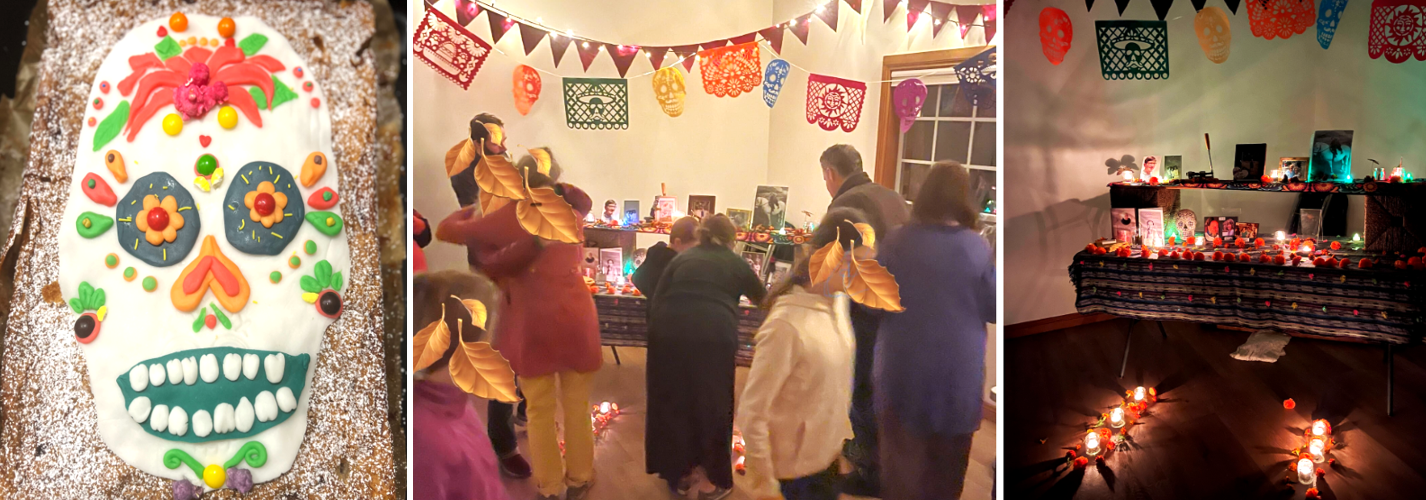In this issue
Features
Bringing Back that Good Fire: learning about indigenous burning practices

-Donna Carey
I recently attended an interesting and important workshop on indigenous cultural burning practices ‘Bringing back that Good Fire’, hosted by the Kariong Eco Garden. Cultural burning, also known as’ cool burning’ or the ‘right fire’, brings back health to Country and its people. If the fire is done properly, the smoke will be white and the ash will be black. However, if the smoke is black and the ash is white, then the fire burns too hot to be considered a cultural burn, and is instead classified as a hazard reduction burn.
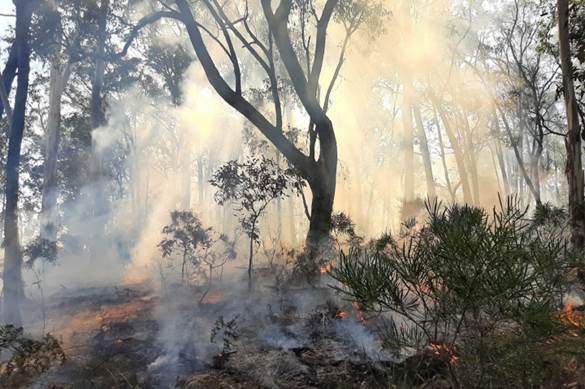
From the CSIRO: “Cultural burning involves manipulating cool season fire to create a mosaic of patches across the landscape. Indigenous fire practitioners and ecologists have emphasised that burning practices need to be carefully tailored to the specific features of the ecosystem they are intended to protect.”
As a member of Narara Ecovillage who attended said, “It was such an honour to be in the presence of such grace-full wisdom-sharing. I have known what a journey it was for [Lisa Wriley, from Kariong Eco Garden] to get to the point of the presentation happening. It opens the door to a respectful and well-informed head and heart-led manifestation of our aim to ‘learn from indigenous wisdom’.”
We heard from the following presenters:
- Kelvin (Kel) Johnson. Field Officer, Hunter Central Coast Branch, National Parks and Wildlife Service, who was the main presenter. Kel is also an Indigenous Fire Practitioner
- Jeremy Morris, Kariong Bushfire Brigade
- Tassin Barnard from Walkabout Wildlife Sanctuary, who has been using cultural burning on her property for a number of years.
I am hoping that we can start a conversation at Narara Ecovillage to start making our land less sick, reduce the weed load, and become a resource for others as to how to implement the “right fire” on their own property.
Here are some resources if you want to learn more about managing land using this technique, and diving more into the topic of Cultural Burning.
Watch/Listen
- ABC TV 2020 Australian Story on “How Indigenous fire management practices could protect bushland”
- Decolonising Australia’s fire science
- Den Barber interview
In person:
- Contact a local Indigenous Fire Practitioner to start a conversation (e.g., Den Barber, Yarrabin Cultural Connections, Firesticks)
- Get in touch with your local ranger and local Indigenous experts on fire management.
- Build an ongoing relationship with your Local Land Services (LLS)
- Join Land for Wildlife and connect with like-minded land holders
Read
- Fire Country by Victor Steffensen
- Dark Emu by Bruce Pascoe
Spider playground in your ceiling
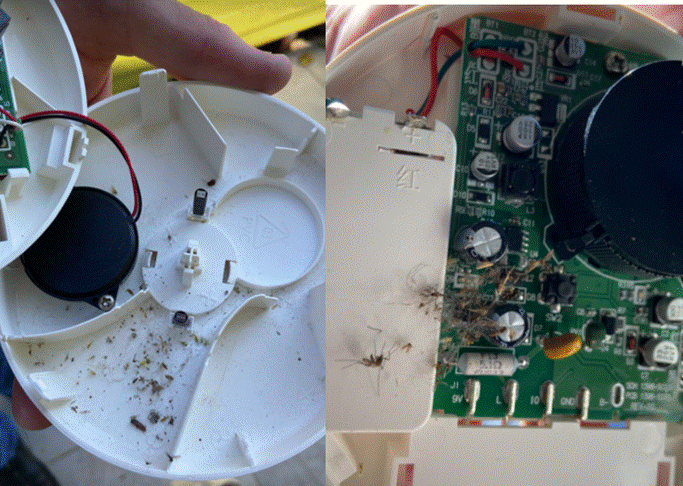
-Karl Schurr
Did you know that one of the most likely reasons your smoke alarm might be making noises is that they are wonderful playgrounds for spiders?
A friend and I have just reviewed the smoke alarms in the cluster units at Narara Ecovillage. The alarms were cleaned (vacuumed, wiped with surface insect spray) 12 months ago.
Above are some photos of what we found inside them. This is the fauna that has evolved in this nice warm space over the last 12 months.
This year we dismantled, vacuumed, replaced batteries and wiped with insect spray all strata smoke alarms as required by strata legislation. Let’s see what we find in our 12 month check next year!
Dia de los Muertos (Day of the Dead): a celebration of loved ones
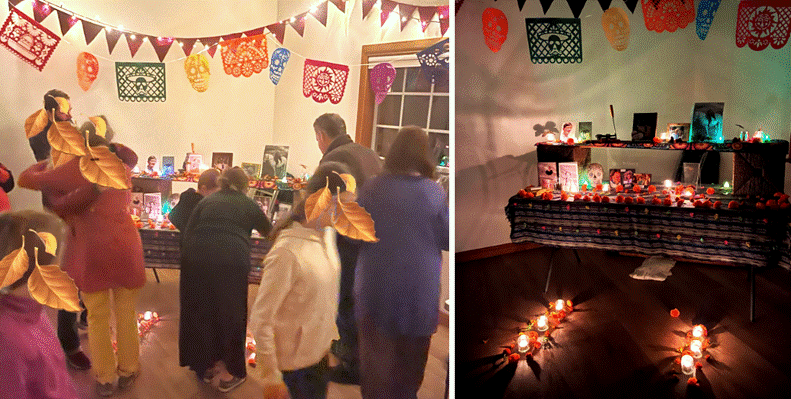
-Heidi Weathers
I recently hosted a community Dia de los Muertos (Day of the Dead) at Narara Ecovillage. This autumn festival blends Aztec and Catholic traditions, and has been an annual observance in my family for many years.
We share a meal with our loved ones for a single night and ensure that their stories continue to be told.
At the heart of the celebration stands the colourful ofrenda, a symbolic bridge between the living and the dead.
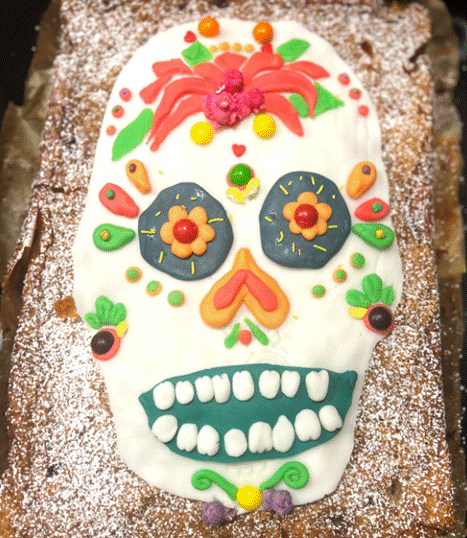
In order to open the door to our loved ones we build our ofrenda together. Every ofrenda, includes the four nature elements: Earth, Wind, Fire & Water.
Earth
is represented by food such as pan de los muertos (bread of the dead). This is a sweet and fragrant delicacy baked in honour of those who have passed. Its circular shape mirrors the cyclical nature of life and death, reminding us that from endings come new beginnings.
Wind
is represented by the papel picado fluttering around us. These are delicate tissue paper cutouts intricately crafted with symbols of life and death. They symbolize the boundless nature of the spirit, soaring freely between the realms of earth and sky. This delicate tissue paper also signifies the fragility of life as it is ephemeral. On Day of the Dead, because papel picado is so lightweight, when it moves, it lets families know that their loved ones have arrived.
Fire
is represented by the candle’s flame, their flickering flames pierce the darkness and guide our loved ones to our side. Each candle represents a cherished memory, a beacon of light that shines eternally in our hearts.
Water
is represented by a simple glass of water, as our guests have travelled far and will be thirsty after their long journey.
Towel & Soap
In addition to the four elements, A towel and soap are left on the ofrenda for the spirits to refresh themselves as they arrive after their long journey.
Salt
We also sprinkle a generous handful of salt, often in the shape of a cross. In Aztec tradition, the cross symbolises the four cardinal directions; North, South, East and West. The salt itself is a symbol of the earth’s nurturing embrace. Just as salt preserves and protects, so too do our loved ones watch over us with unwavering love and guidance.
Marigolds
We lay marigold flowers, known as cempasuchil (sem·pa·su·chil). They symbolise the sun’s warmth, and combine with candles and incense to illuminate the path for our loved ones as they journey home. When cut, flowers remind us that life is short.
Mementos
Next, we arrange the photographs and mementos of our ancestors, their smiling faces and cherished possessions serving as windows into their lives and legacies. Although not usually part of the ceremony, and to help paint a picture of departed loved ones, participants were invited to write about their dearly departed for everyone to read.
Butterflies
The mariposa monarca, the monarch butterfly, is another feature of the ofrenda. The Mexican arrival of these butterflies on their annual migration occurs just as the festivities of Día de los Muertos begin. For many Mexican communities the mariposas represent the souls of their ancestors, returning to earth for a brief visit.
Bones
Skeletons & skulls or calaveras are a big part of Dia de Los Muertos – Skeletons represent the dead living on and carrying out their daily activities and sugar skulls are a traditional art from Mexico used to decorate altars and graves. The skull represents the loved one’s soul. Some of the village children made & decorated skull sugar cookies for our ofrenda.
Food
Finally, we offer a feast of foods and beverages, lovingly prepared for all to share. These offerings sustain our loved ones on their journey and nourish us as well as we partake in this communal celebration of life and death.
NB: this festival is usually celebrated in the northern hemisphere on November 1 and 2; however being in the southern hemisphere that date falls in spring and this is an autumn festival linked to a seasonal progression of the sun. Therefore, Day of the Dead in the southern hemisphere is six months before or after the northern hemisphere. This is the time for us, when the veil between the dead and the living is at its thinnest, as we approach Winter’s gate.
Weed of the Month – Stinking Roger

-Donna Carey
Who doesn’t love a useful weed? This month we look at the appropriately named Stinking Roger. This versatile member of the marigold family can be used in cooking and in the garden. [Read more…]
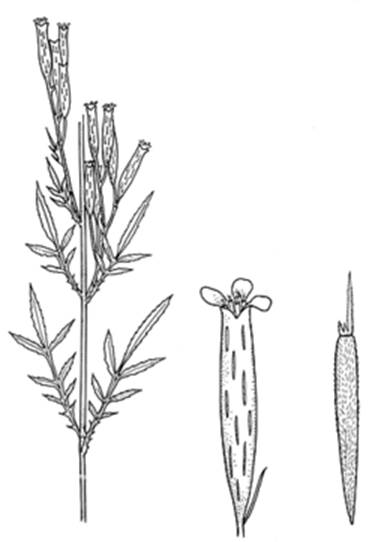
Stinking Roger (Tagetes minuta) / also called Huacatay (pron. wa-ka-tay) or wild marigold is a member of the marigold family, and hence, its leaves and flowers are edible. It is much loved by Jerry Coleby-Williams from Gardening Australia too, who gave me the pesto idea. He even collects the seeds for planting.
What can you do with Stinking Roger?
Eat it
You can make pesto, of course. I made mine by blending the de-ribbed and chopped leaves with Bunya nuts, garlic, parsley, dandelion and a squeeze of lemon juice.
Warning! Make sure that your collecting area is not sprayed with herbicides before harvesting your wild greens.
In the garden. This advice is from Jerry Coleby-Williams
“You can grow it as a green manure to enrich the soil in vegetable and flower beds. Dig the young plants in when they are 20-30cm tall and still soft and juicy… and keep the ground moist for a fortnight, decomposing Stinking Roger liberates thiocyanate gas that biofumigate soil. It kills root knot nematodes. Mustard, French and African marigolds can be used the same way.”
Events
Fri Jun 21 Good docos night: Imprint
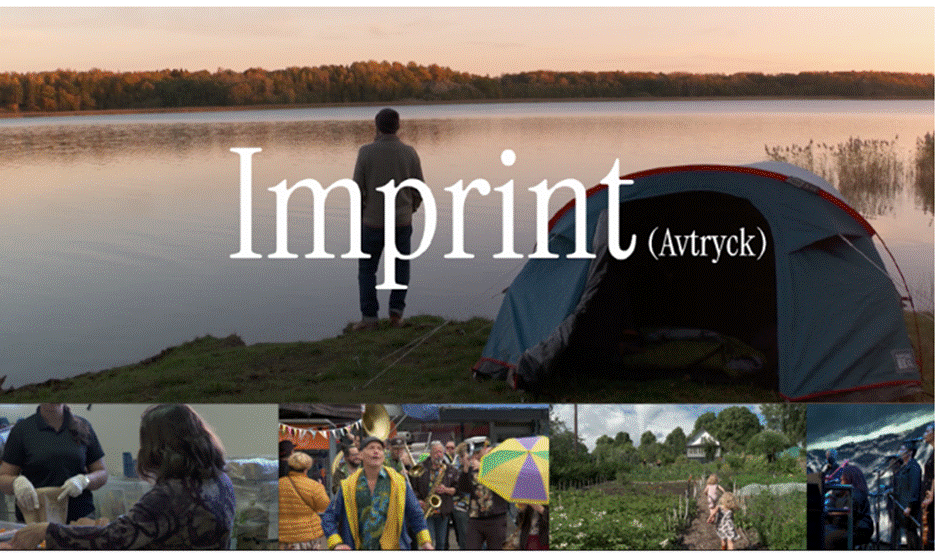
Join us on the evening of the winter solstice, a time for reflection and introspection, for a special screening of Imprint.
In this inspiring film we visit 13 projects in 13 different places where committed groups work for a vibrant future.
- When: Friday, June 21 @ 6:45 pm – 8:30 pm
- Where: Narara Ecovillage Hall, 33 Gugandi Rd, Narara 2250
- Cost: $5 suggested donation to film makers at the door
- More details: https://nararaecovillage.com/event/movie-night-imprint/?instance_id=504
Mon June 24-Thu 27: Deep Ecology: Free talks

John Seed is offering 6 free talks and conversations about different lenses on DEEP ECOLOGY between June 24 and 27.
- Where: Various locations in Melbourne, and on Zoom (details at each link)
- Cost: Free (donation to Rising Tide requested)
- What, When & Registration:
- June 24 7pm THE RELIGION OF ECONOMICS
- June 25 10.30am John Seed & Tejopala Rawls INNER & OUTER TRANSFORMATION, DHARMA & DEEP ECOLOGY
- June 25 6.30pm CLIMATE CHANGE DESPAIR AND EMPOWERMENT
- June 26 7pm DEEP ECOLOGY AND THE CONSERVATION OF NATURE
- June 27 10am INVOCATION TO GAIA
- June 27 5.30pm John Seed & Gilbert Rochecauste RADICAL REGENERATION AND DEEP ECOLOGY
Sat June 29: Trivia Night Fundraiser

Hosted by Matt Lloyd: raising funds for a rare opportunity for Sinead Lloyd to attend Year 10 school trip to visit parts of Arnhem Land that have limited access, and get a chance to be involved in these communities and experience indigenous culture.
Come along and have a great night supporting a great cause. Lots of prizes. Ages 13+
Tables groups of up to 8 people.
- When: Sat 29th June, 6 for 6.30-8.30pm
- Where: Narara Ecovillage Hall, 33 Gugandi Rd 2250
- Cost: Cash at the door $15 ($10 students). Please bring extra cash for a chance to win great prizes. Also available to purchase: Homemade soups, fresh bread & drinks
- More info: Mattlloyd541@gmail.com
Sun June 30 : Narara Ecovillage Open Day
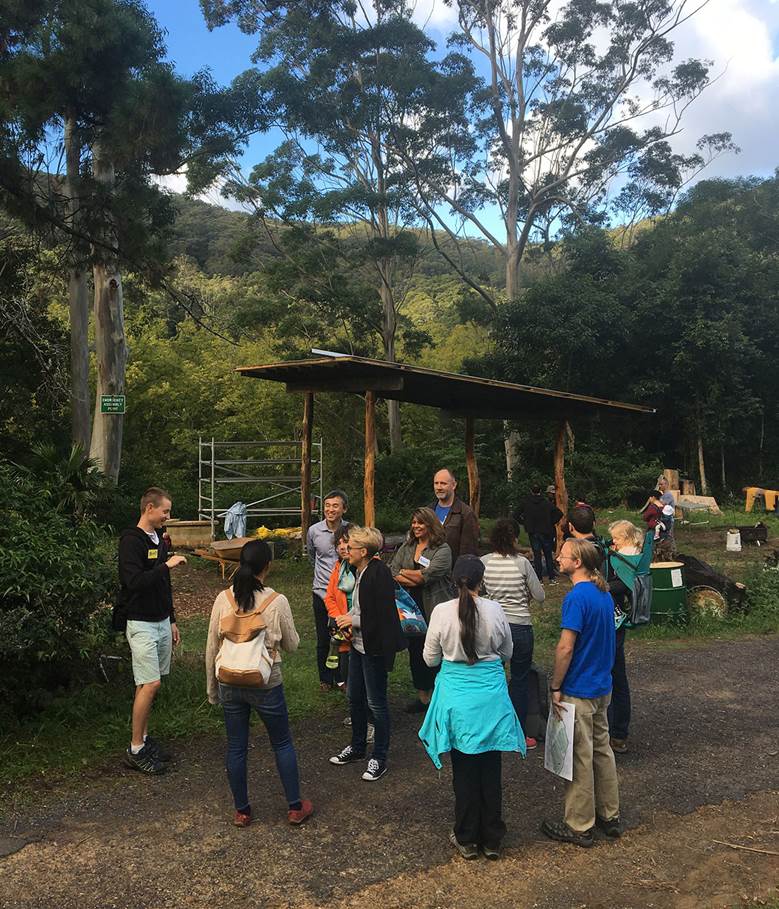
The Open Day (talk and tour) shows what Narara Ecovillage is all about, and demonstrates how we are activating a resilient community with ecological, social and economic potential by:
- shared food growing, natural retreats and Permaculture spaces
- shared community and workplaces
- examples of highly efficient low-carbon homes now and in the next stage
All are welcome.
- When: Sunday 30 June, 10.30am – 1.30 pm
- Where: Narara Ecovillage Hall, 33 Gugandi Road 2250
- Cost: $15 includes talk & walking tour around village. Kids & NELN members free!
- More Details and registration Here
If this is your first visit to Narara Ecovillage, you may find this interesting: the Open Day Preview introduces the ecovillage and its unfolding story.
Fri 5- Sun 7 July: Deep Ecology Immersion at Narara Ecovillage
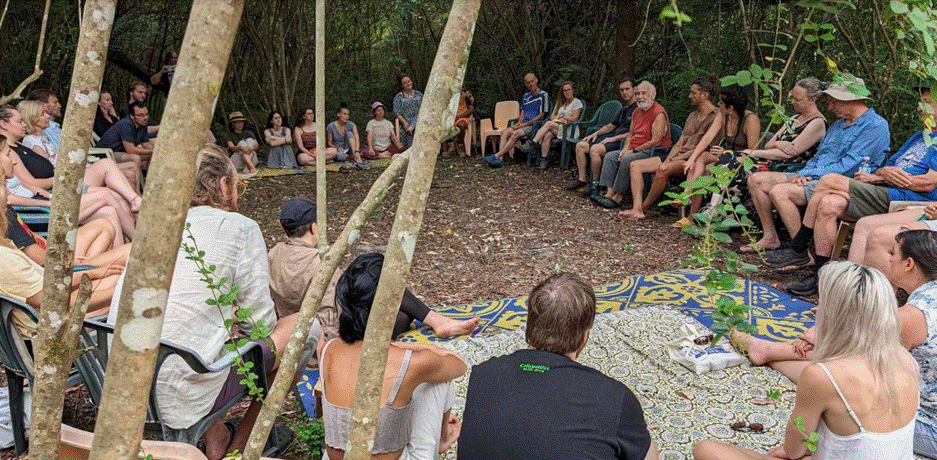
-Hosted by John Seed with Erika Aligno & Jane Lynch
Deep Ecology is a philosophy which understands that the illusion of separation between humans and the rest of the natural world is the engine driving the 6th mass extinction currently underway.
This workshop allows us to become aware of our rootedness in the living Earth and the renewal, empowerment and vision that invariably ensue.
- When: 6pm Friday 5 – 4pm Sunday 7 July, 2024
- Where: Narara Ecovillage Hall, 33 Gugandi Rd 2250
- Cost: $150 TO $600 according to your means. 25% of proceeds go to rainforest conservation
- More info & Registration here
Other DEEP ECOLOGY workshops are scheduled for Melbourne June 28-30, NSW S Coast Sept, Sunshine Coast in Oct, and another at Narara in October.
Check out reports from recent participants.
Sat Aug 31 & Sun Sept 1: Unlock Your Body’s Wisdom: Embark on a Journey of Self-Discovery

Join a two-day non-residential retreat at Narara Ecovillage, where ancient wisdom meets modern techniques.
Explore Qigong, Neuro-Linguistic Programming (NLP), and constellation work to unlock your body’s, mind’s, and spirit’s secrets. Facilitated by Therese, an expert in Chinese medicine, Daoism, and Qigong, and Paulo, a skilled NLP and systemic constellations trainer. Don’t miss this unique opportunity to rejuvenate and transform.
Lunch and morning tea/coffee provided on both days.
- When: Sat Aug 31 – Sun Sept, 9:30am- 4:30pm both days
- Where: Narara Ecovillage Hall, 33 Gugandi Rd 2250
- Cost: $350 ($280 Ecovillage Members. Other discounts available for those in need)
- More info and registration: Please contact radhika.thevakkal@gmail.com
Sun Oct 13: Woytopia- Sustainable Living Festival in Woy Woy
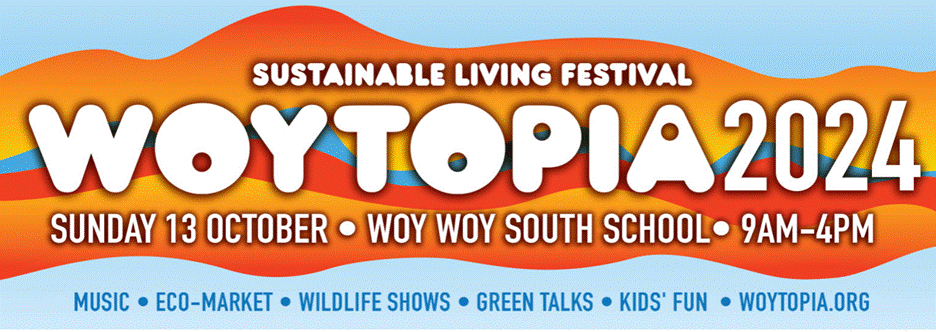
- Venue: Woy Woy South School
- Date: Sunday 13 October
- Time: 9am – 4pm
- More Information:https://woytopia.org/
Land or houses for sale at Narara Ecovillage
Please check out this page on the village website: “AVAILABLE NOW” at NEV
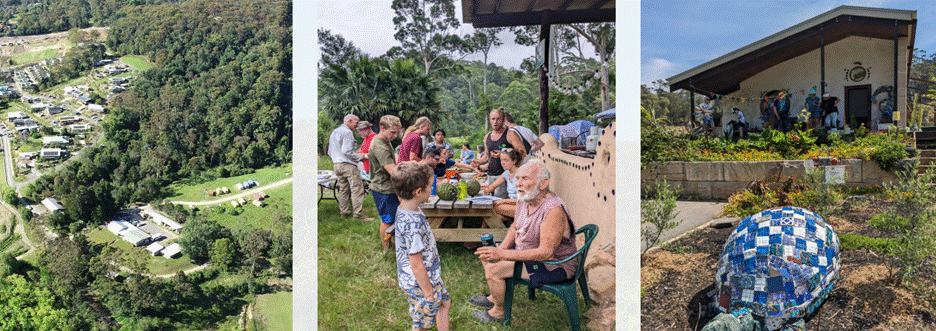
Contact the Network News Editors neln.network.news@gmail.com

